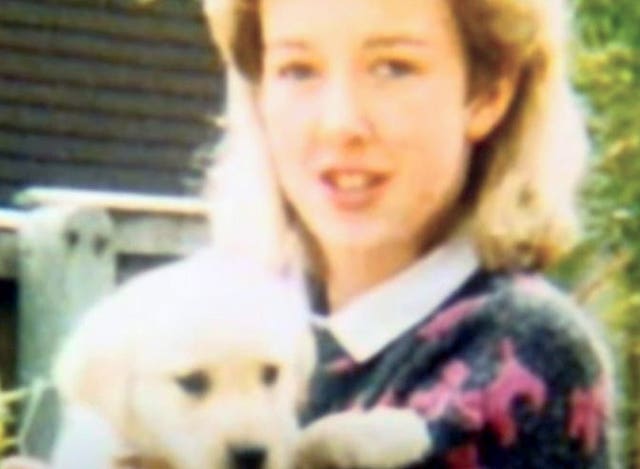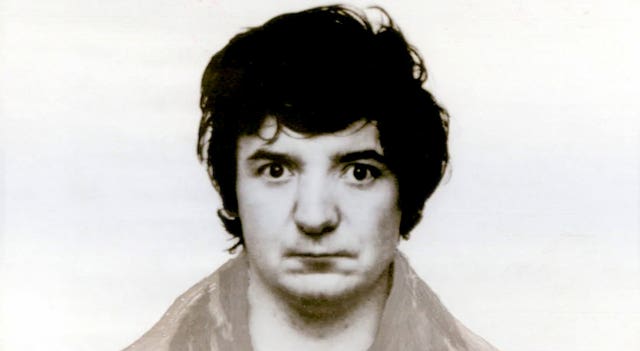How was Peter Sullivan wrongly convicted?
Counsel for Mr Sullivan spoke of his client’s ‘vulnerability’.

The prosecution case against Peter Sullivan hinged on a combination of now-discredited bite mark and circumstantial evidence.
Then aged 29, he had been drinking at a pub 10 minutes away from where Diane Sindall was viciously murdered in an alleyway in Bebington Merseyside on August 1 1986.
Eyewitnesses, who later failed to pick him out in an identification process, also said they saw him at Bidston Hill where clothing and a handbag belonging to Miss Sindall were found burned after her death.
He said at his trial that he had gone into the bushes there to urinate.
A neighbour also claimed that Mr Sullivan had borrowed a crowbar before the murder that it was believed could have been the weapon used in the brutal attack, but he denied having it at the time of the killing.
He frequently changed his account of what had happened, but said it was because he could not remember his movements at the time.
At the Court of Appeal on Tuesday, Jason Pitter KC, for Mr Sullivan, said “significant admissions” and “incriminating statements” made by Mr Sullivan at the time of the killing were “inherently unreliable” due to his “vulnerability”.

He said: “The appellant was extremely vulnerable in an interrogative situation, because of his limited intellectual functioning, combined with his problems with self-expression, his disposition to acquiesce, to yield, to be influenced, manipulated and controlled and his internal pressure to speak without reflection and his tendency to engage in make-believe to an extreme extent.”
He continued: “What he was saying was nonsense, in plain terms.”
Mr Sullivan had also described himself as “a born liar”.
He was initially denied legal representation or an appropriate adult in police interview, on the grounds that officers were concerned that sensitive information might be leaked about the investigation.
Mr Sullivan made a series of apparent confessions and retractions during questioning by police, with a significant admission made in an interview that was not recorded, Mr Pitter said.
He later claimed he had made the confession after being assaulted and verbally abused by police officers.

Mr Sullivan also denied having bragged about the killing to another inmate while on remand.
During the police investigation, an unknown man contacted officers to claim he had stolen Miss Sindall’s clothes and burned them.
He later retracted the admission, and was eliminated from the police inquiry on the strength of flawed bite mark evidence.
During his trial two experts, one of whom initially rejected the idea that bite marks on Miss Sindall’s body could be Mr Sullivan’s, told the jury they believed they were his.
Scientists now accept that bite marks on skin cannot be reliably used as identification evidence in criminal cases.
The crucial DNA sample that secured his release was only made possible by a method that first came into use in 2015.
The court heard that had the relevant tests been carried out any earlier than last year, there would have been a risk that the sample itself would be completely destroyed.





